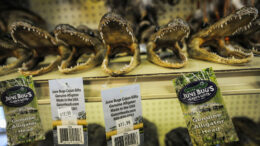According to trade records, people plucked more than 400,000 Central Asian tortoises from the wild to sell internationally between 2012 and 2021, mainly for the pet trade. About half of the animals across that decade were imported into the United States, where the going price for the reptiles — also known as Russian tortoises — is a mere $100-200.
These same tortoises, according to scientists, could have provided priceless climate benefits to the planet in the wild. A study published last year identified many animals with a high potential for protecting and enhancing carbon storage in natural landscapes. Tortoise species who make their homes in semi-arid places, such as Central Asian tortoises, were among them.
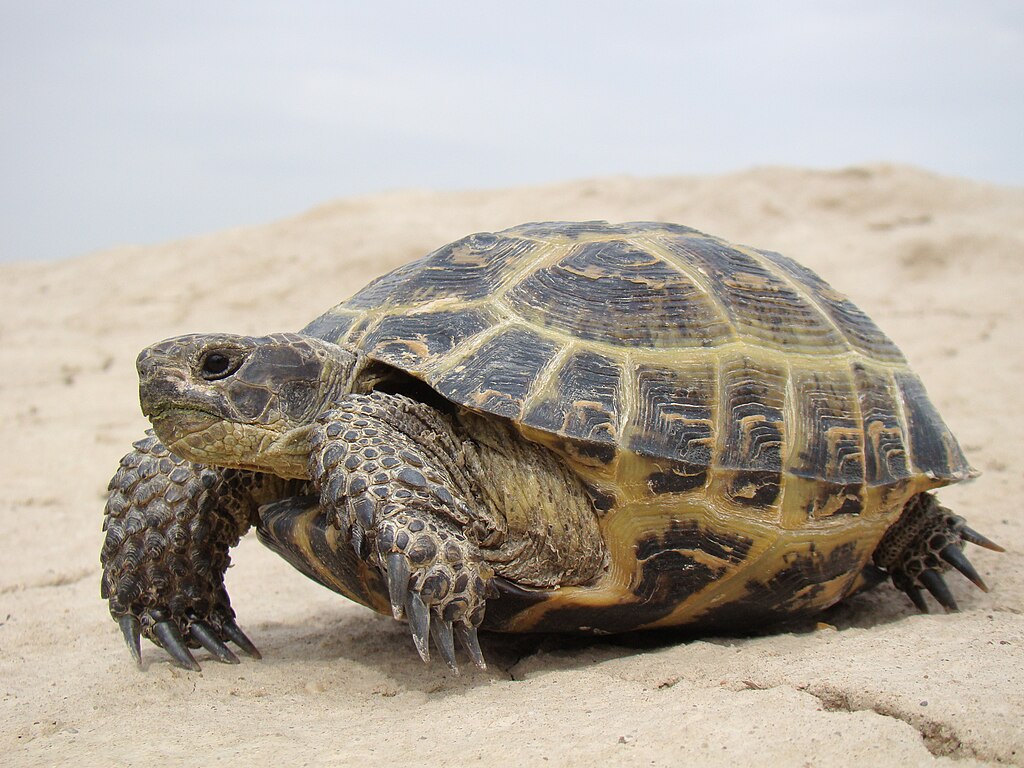
Examples like this illustrate why several organizations attending the most recent United Nations climate conference, COP28, called on policymakers to include wildlife conservation in climate action plans due to the critical role wild animals can play in climate mitigation.
International Animal Rescue, for instance, ran a COP28 campaign asking policymakers to “give wildlife a seat at the table.” Ahead of the conference, the organization’s chief executive Gavin Bruce wrote, “By conserving wildlife and their habitats, forests are protected, ensuring that millions of tonnes of carbon remain stored in the flora and deep peat below.”
It’s that interaction between wildlife and habitat that makes a difference for the climate. As ecologist Simon Mustoe put it in his 2022 book Wildlife in the Balance, it “takes two to tango” when it comes to the functioning of ecosystems. Accordingly, “lose wildlife, you lose the basis for any environmental remediation to work,” he tells me by email.
In other words, Mustoe says that to weather the environmental crises of our time, we must protect and restore wild animal populations.
To achieve this, experts say the legal trade in wild species needs an overhaul.
Exploiting Climate-Valuable Species
“The exploitation of wild animals is one of the greatest threats to the survival of species,” says biologist Sandra Altherr, cofounder of the nonprofit Pro Wildlife.
In 2023 Altherr teamed up with other researchers to study the sustainability of the legal wildlife trade. Their paper stressed that trade can be sustainable if it’s well managed. But they found little proof of sustainability in most trade.
Their paper highlights 183 cases of legal yet seemingly unsustainable trade, including the blacktip reef shark. Exploited for meat, fins, and public aquariums, the shark’s population has plummeted by an estimated 30-49% over three generations. This is bad news for the climate, as the carbon storage study named blacktip, lemon and tiger sharks as key species in enhancing the uptake of CO2 in reef ecosystems.
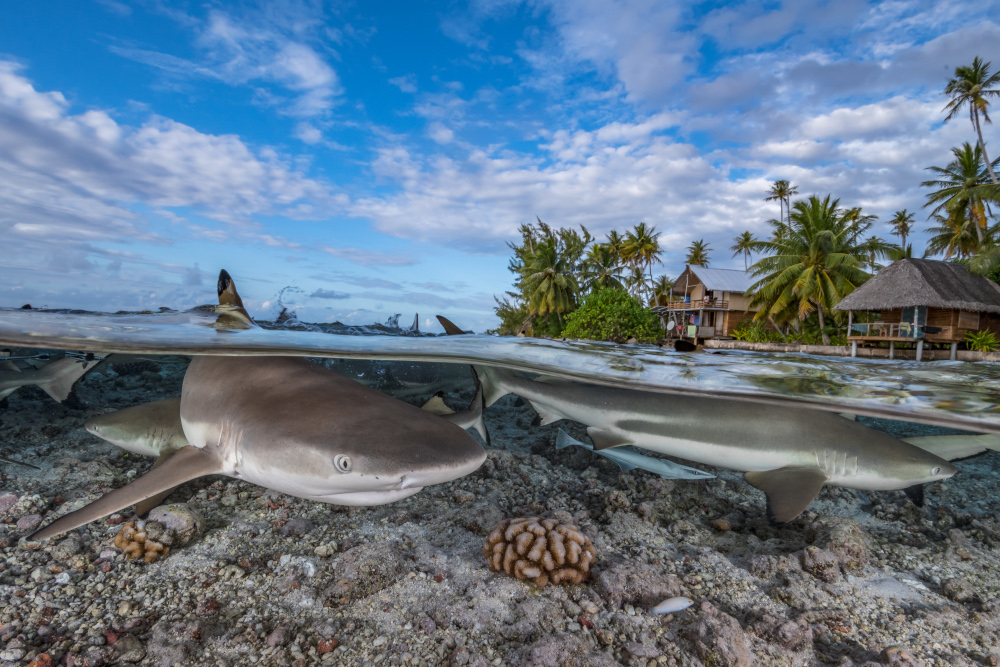
Likewise, corals and reef fishes are heavily exploited for the aquarium trade. Research suggests these animals are important for both climate mitigation and adaptation, with herbivorous reef fish enhancing carbon storage and coral infrastructure providing storm protection amid extreme weather events.
Legal Doesn’t Mean Sustainable
Altherr warns the examples in the paper may only scratch the surface.
“Our case studies are only the indicative tip of the iceberg,” she says. “We assume that far more wildlife species, probably thousands, are utilized on a non-sustainable scale.”
Understanding the full scale and impact of the wildlife trade is difficult. Illegal trade is, by its nature, hard to quantify, while the legal trade in species is mostly understudied despite being gargantuan in scale.
Moreover, the legal trade is subject to varying oversight. Most countries are party to the Convention on International Trade in Endangered Species of Wild Fauna and Flora, which regulates international trade in some 6,610 animal species, along with tens of thousands of plants. The treaty separates species into different categories — the Appendices — based on their known risk of extinction, and trade rules vary accordingly.
Altherr says the legal wildlife trade is often assumed to be sustainable. But she and her co-authors argued this assumption is flawed, as most trade lacks the supportive evidence to demonstrate sustainability.
“Of particular concern is the lack of data on export volumes, wildlife populations utilized and the lack of evidence-based impact assessments of the trade,” says Altherr.
Strengthen Records and Assessments
The study’s authors identified several policies on legal trade that are ripe for strengthening. Those who profit most from the trade should fund improvements, they argued, which would place the burden of costs at the feet of importers, largely in richer nations.
The recommended reforms include instituting rigorous monitoring of exploited animals’ populations in the wild to inform decision-making. The authors also called for the creation of a centralized database for all international trade in wildlife — CITES and non-CITES species — structured toward enhancing traceability, transparency and, ultimately, sustainability.
CITES already maintains a database for the trade it regulates, but it frequently contains discrepancies and can fail to align with other data sources, such as customs records.
CITES also requires countries to produce “non-detriment” findings for species before trade occurs — which means assessing the impact of the trade on wild populations. However, the current system doesn’t provide for mandatory scrutiny of all assessments, nor is there an obligatory format. As a result, non-detriment findings do not exist in some cases and where they do, they vary from complex to extremely rudimentary.
Although it’s impossible to quantify, Wildlife Conservation Society vice president of international policy Susan Lieberman says she suspects that non-detriment findings are lacking in a “significant proportion” of cases.
Countries’ non-detriment findings face scrutiny if importing nations request to see them and when CITES selects states for a review of their trade in particular species. Research indicates that these probes can fail to lead to clearly improved sustainability.
Lieberman says the process is “slow, it’s bureaucratic and it works,” although not enough species are subject to reviews.
The paper suggested that the centralized database could involve formalizing countries’ reporting of non-detriment findings, allowing them to be better examined and studied. Lieberman believes more scrutiny is essential. “The only way the system can really work is if countries would have to share their NDFs,” she says.
Protect Threatened Species
CITES is also slow at bringing at-risk species under its regulatory wing. It takes over 10 years on average for CITES to list species in its Appendices after the International Union for Conservation of Nature identifies them as threatened by international commerce, according to analysis released in 2019. The researchers found that 28% of 958 threatened IUCN Red List species likely jeopardized by global trade lacked CITES protections as of 2018.
Since then, other research has identified hundreds of animals and plants on the Red List, which itself can contain outdated and incomplete information, that appear to warrant CITES protections.
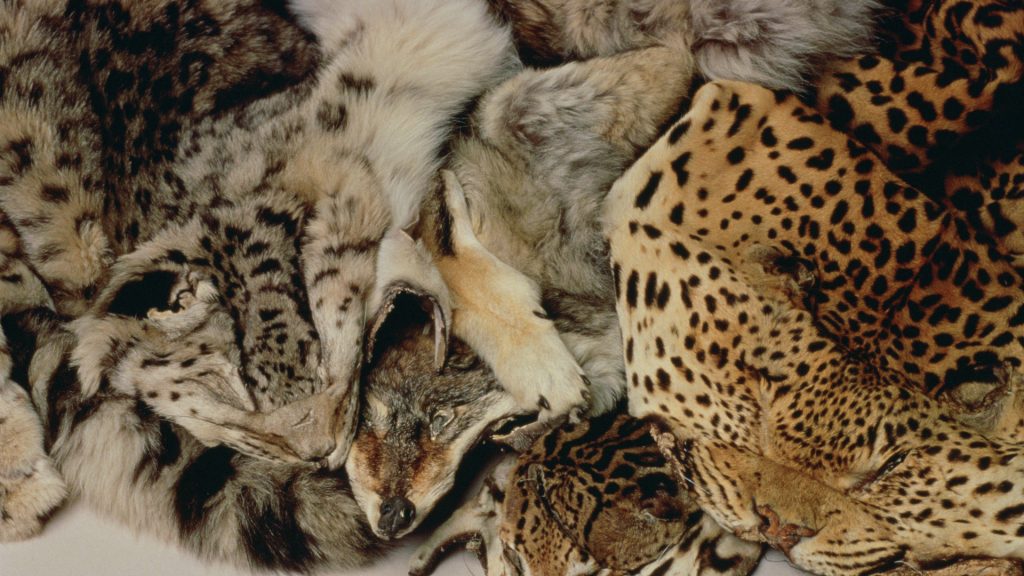
CITES parties are working to better identify candidates for listing, with varying views on what measures are necessary. The authors of the listing gap research called for the creation of a “near- automatic pathway” that would ensure CITES promptly considers protecting species the Red List has identified as threatened by international trade. Co-author Eyal Frank, an environmental economist, says “At a minimum, every species that is threatened with extinction should be brought up for discussion and potentially a vote for inclusion in Appendix I or II” where global commerce is a contributing factor.
The inclusion of species in CITES’ Appendices leads to various outcomes, such as bans on commercial trade in highly endangered species taken from the wild. Vast amounts of trade — commercial and non-commercial — continues under the treaty but it is subject to some controls, such as permit requirements. Critically, the listing of species in CITES makes trade in those wild animals visible to a certain extent.
Frank believes closing the listing gap is a pressing issue, along with “transitioning as soon as possible to a digital system of export and import certifications.” Currently, most CITES parties use a paper-based permitting system that is highly susceptible to fraud and error, despite the availability of an electronic system.
Scrutinize Wildlife Farming
Other issues include illegality and unsustainability in wildlife farming. Trade in animals alleged to be born or bred in captivity makes up a significant proportion of CITES-regulated commerce.
In principle, wildlife farming is meant to limit extraction of animals from the wild. But a recent paper found that captive breeding operations commonly put pressure on wild populations. Although examples of sustainable farming exist, unsustainable practices include supplementing captive-bred populations with wild-caught individuals and fraudulently laundering wild animals through operations.
The authors highlighted evidence suggesting large-scale laundering of wild birds took place from the Solomon Islands between 2000 and 2010. This included hornbills, another group of animals the carbon storage study identified as important for nature-based climate mitigation.
Similarly, the captive breeding of tigers has been mired in allegations of illegality and concerns that it further imperils wild individuals. According to a 2023 study, tigers can also provide climate benefits when safeguarded in the wild. It found that India’s establishment of protected forest reserves for tigers helped the country to avoid more than a million metric tons of greenhouse gas emissions between 2007 to 2020.
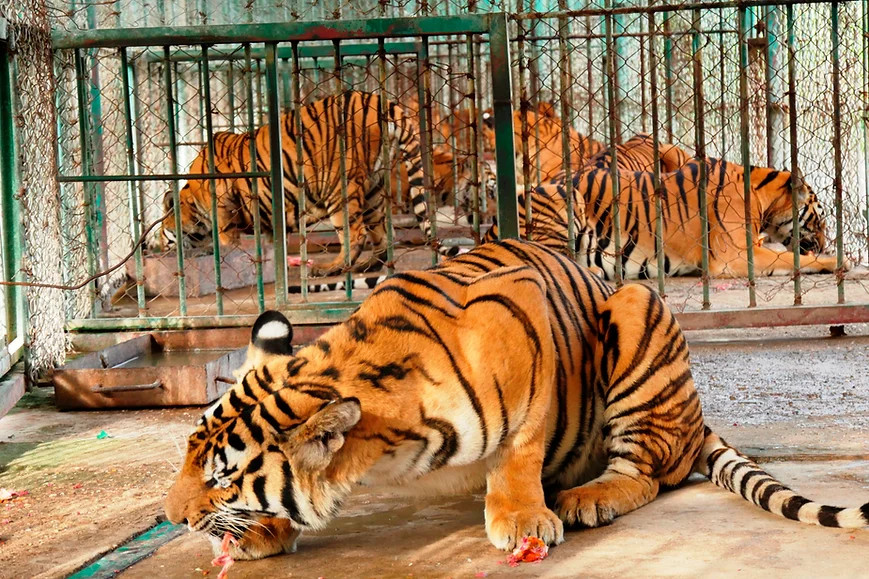
The wildlife farming paper’s authors called for increased oversight of captive-breeding operations by regulatory authorities. Among other things, they recommended that CITES create a database of farmed species, spotlighting which ones are arduous to breed in captivity. When it is cheaper and easier to capture individuals of a species from the wild than breed them, the risk of illegal and unsustainable practices is higher. A database — and its use in decision-making — could help root out wrongdoing.
The Future Is Wildlife
Overall, Altherr insists that authorities need to start acting with much more caution. Rather than conservationists having to sound the alarm about issues with trade when it is already occurring, she says “we need a reversal of the burden of proof.”
“Instead, only what can be proven to be traded sustainably should be authorized for trade,” says Altherr.
Limiting trade in this way would help to tackle excessive exploitation — a major driver of the biodiversity crisis — and have climate benefits. It would also reduce harms to the world’s species as they grapple with other pressing threats, such as habitat loss, pollution and global warming.
As several researchers have argued, ensuring trade is sustainable would also benefit people who depend on it for their livelihoods by protecting their incomes into the future.
For ecologist Mustoe, people the world over have a lot to gain — or lose — from how wild animals fare moving forward.
“It’s the interaction between animals that drives all ecosystem services and life support,” he says. He highlights that wild animals operate across the planet at every level — from the microscopic to the megafauna — providing invaluable environmental benefits alongside climate upsides, such as purified water sources, pollinated food crops and reduced disease risk.
“The single simplest thing we can do to pave the way for a future that’s more comfortable for humanity on all levels — food security, water security, climate security, disease security, everything — is rebuilding wildlife,” says Mustoe.
This story was produced with support from Internews’ Earth Journalism Network.
Previously in The Revelator:

